After the modest success of their 1996 neo-noir Bound, young sibling filmmaking duo The Wachowskis convinced Warner Bros. to bankroll their next project, a sci-fi action headtrip called The Matrix. The film was an absolute smash, bringing a slick, anime-inspired style to the world of Hollywood blockbusters. Its heady themes pondering the nature of reality introduced the concept of simulation theory to a mass audience, and its technical innovations changed movie-making forever. Its reputation has unfortunately been tarnished somewhat by extremists adopting its “red pill” concept, but it still stands as one of the most enduring movies of its era.
Given the film’s near half-billion dollar gross, there was no way Warner Bros. wasn’t making a sequel, and in fact, they made two. The Matrix Reloaded and The Matrix Revolutions were released just six months apart in 2003, and while Reloaded was even more of a hit than the first film, Revolutions was something of a disappointment both commercially and critically. Retrospective opinion on the films has continued to be mixed, and while they may not reach the culture-conquering heights of the first installment, the sequels hold up as a satisfying sci-fi epic in their own right. Well, besides one, but more on that later.
‘Reloaded’ and ‘Revolutions’ Trips Into (and Out of) the Matrix
Warner Bros.
The first Matrix gave audiences some glimpses at what remains of the “real world” after the devastating war between humankind and the machines, but the sequels spend just as much time outside the Matrix as they do jacked in. The first film teased a campaign by Neo (Keanu Reeves) to free the minds of humans enslaved in the Matrix, but this mainly happens in between films, as the sequels shift their focus to the broader fight to take down the machines once and for all. This may have felt somewhat unsatisfying to fans who just wanted more physics-defying action, but in fact, the Wachowskis always had plans to expand the story into a trilogy.
Reloaded still spends plenty of time inside the Matrix, as the heroes seek a sentient program called the Keymaker (Randall Duk Kim) who can help them reach the Source, or the heart of the Matrix. The Wachowskis use this opportunity to create even bigger and wilder action sequences than the previous outing, aided by the rapidly evolving CGI technology that was developed for the film. These effects look pretty dated today, but they were game-changing at the turn of the 21st Century, and sequences like the “Burly Brawl,” where Neo fights off wave after wave of replicated Agent Smiths (an entertainingly silly Hugo Weaving), or the famed freeway chase/fight sequence, are still a blast to watch.
The continuing trips to the Matrix are balanced by time spent in the last standing human city of Zion, as military leaders prepare for a coming machine attack that threatens to topple their stronghold for good. These elements inevitably show echoes of Star Wars, as a scrappy band of rebels tries to fight against massive opposition, and the grim and gritty human-on-machine combat of the Terminator films’ future-set sequences. Some of this may have felt overly familiar in 2003, but the original Matrix film was plenty referential in its own right, remixing elements from anime, cyberpunk, and Hong Kong martial arts movies in exciting ways. Revolutions doesn’t really spend that much time in the Matrix overall, other than Trinity’s attempts to free Neo from a sort of purgatory, and Neo’s final boss battle against Agent Smith.
Related
Is Speed Racer Better Than the Matrix? Emile Hirsch Explains Why the Answer Is ‘Yes’
The Matrix and Speed Racer fans clash as Emile Hirsch shares his controversial claim online.
Why (Most) ‘Matrix’ Sequels Deserve More Credit
With Reloaded and Revolutions, the Wachowskis seemed to take a James Cameron-esque approach to sequels. Cameron followed up the relatively straightforward sci-fi B-movie The Terminator with a more expansive, heartfelt sequel, successfully transforming a figure of fear into a hero. Before this, Cameron’s Aliens transmuted the claustrophobic horror of Ridley Scott’s Alien into a space marine action flick. The Wachowskis attempted a similar feat by following up the first film’s relatively contained story with something much broader, moving from questioning reality to pondering big ideas like fate vs. free will and complicating the original’s messiah narrative.
This was a smart move on their part, as continuing the relatively narrow theme of “what is reality?” would have likely grown repetitive. Reloaded and Revolutions take a much more mystical approach, enfolding elements of Eastern spirituality like Karma and the cyclical nature of existence into their metaphysical mix. These concepts add intriguing wrinkles to the idea of “The One,” a singular figure destined to free humanity.
Related
The Matrix: 10 Actors Almost Cast in the Franchise
While we wouldn’t change the cast of The Matrix as we know it, it’s cool to think that these 10 actors were almost part of the sci-fi franchise.
Reloaded introduces The Architect (Helmut Bakaitis), the creator of the Matrix, who drops a pretty big bomb on Neo: he’s actually the sixth incarnation of “The One,” repeating a cycle that’s already played out several times before. In the end, Neo doesn’t actually defeat the machines; instead, he strikes a bargain with them, which leaves humanity with a choice of whether to wake up or not. Some reviewers at the time found this ending anticlimactic, but it plays nicely into the concept of choice that’s threaded through the whole series.
The original Matrix trilogy ended up being about more than just the Matrix itself; it explored the very question of what makes us human. Much like humanity, they’re messy, flawed, occasionally profound, and endlessly fascinating. Lana Wachowski would eventually return to the saga without her sister Lilly in 2021’s The Matrix Resurrections, a largely pointless and underwhelming legacy sequel that attempted a meta approach, questioning the very nature of legacy sequels, but failed to recapture what made the originals so memorable. Still, it did little to dull the impact of the original trilogy, which is certainly not without its flaws, but deserves to stand the test of time.
Where To Watch the ‘Matrix’ Trilogy
All three films in the original Matrix trilogy are streaming for free (with ads) on Pluto TV, or for VOD rental.
You can view the original article HERE.


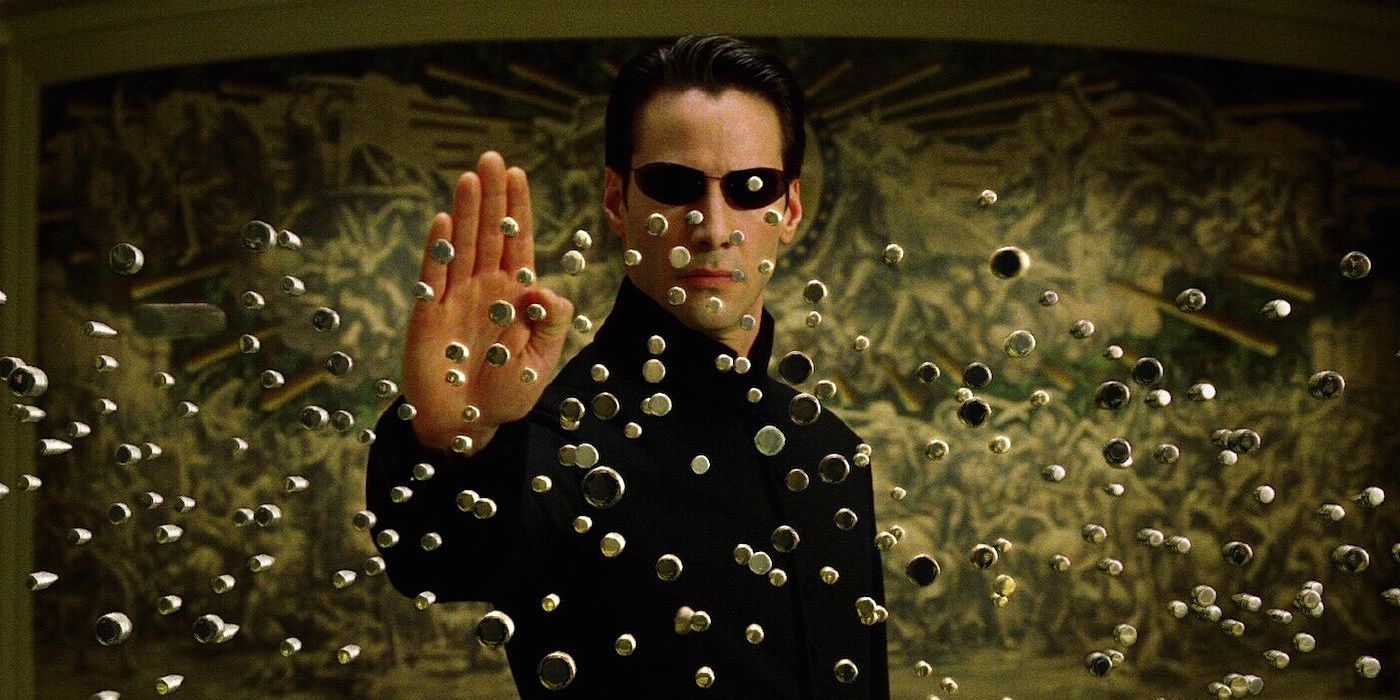
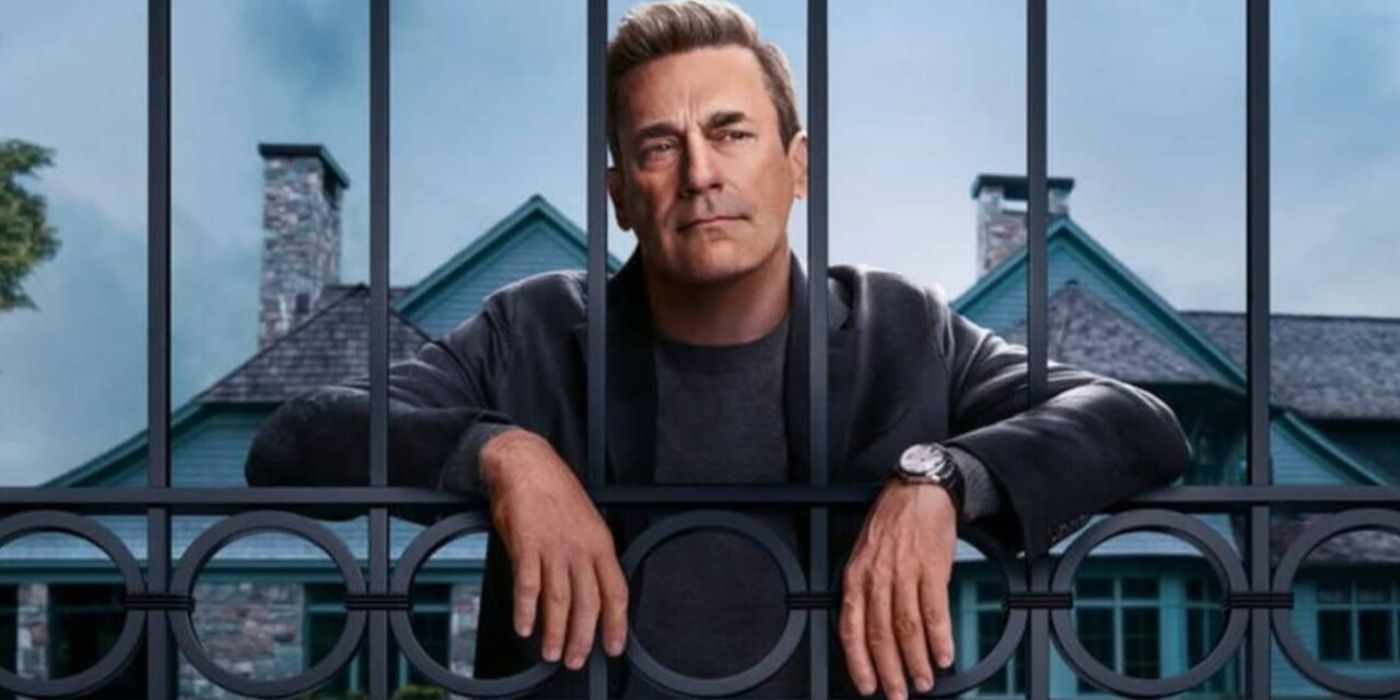








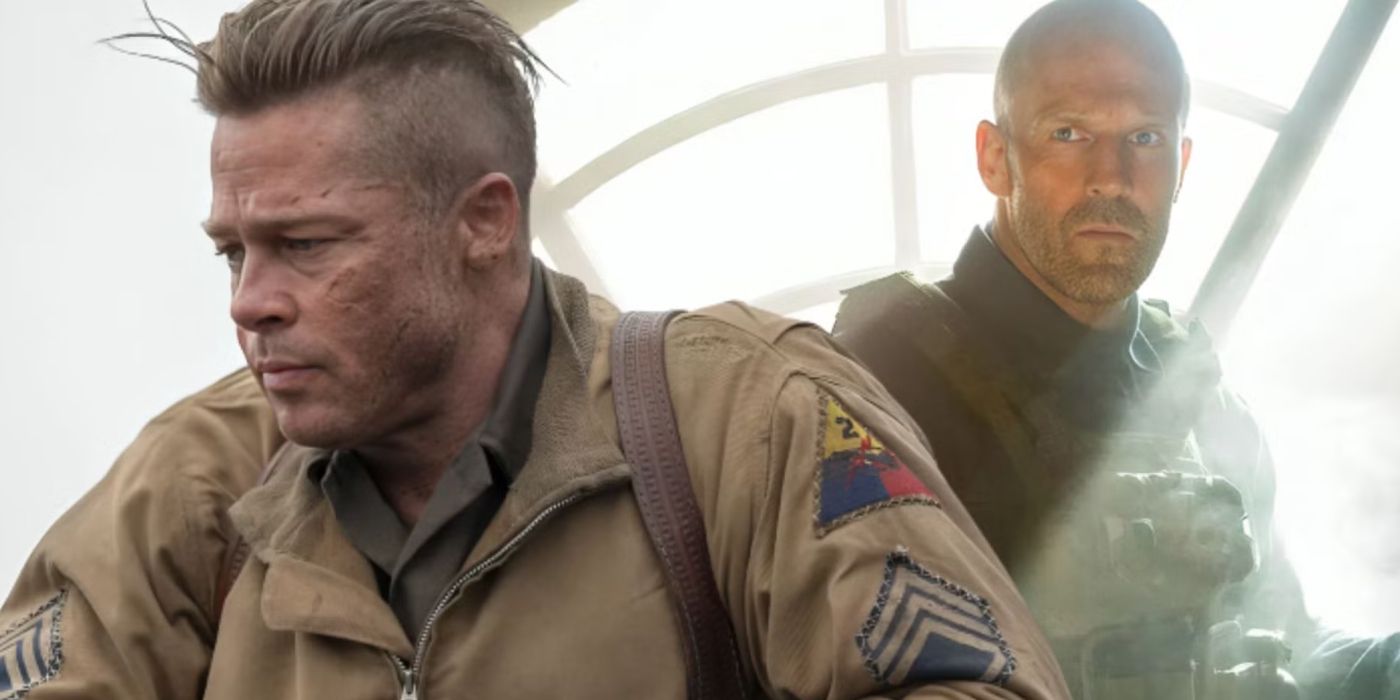



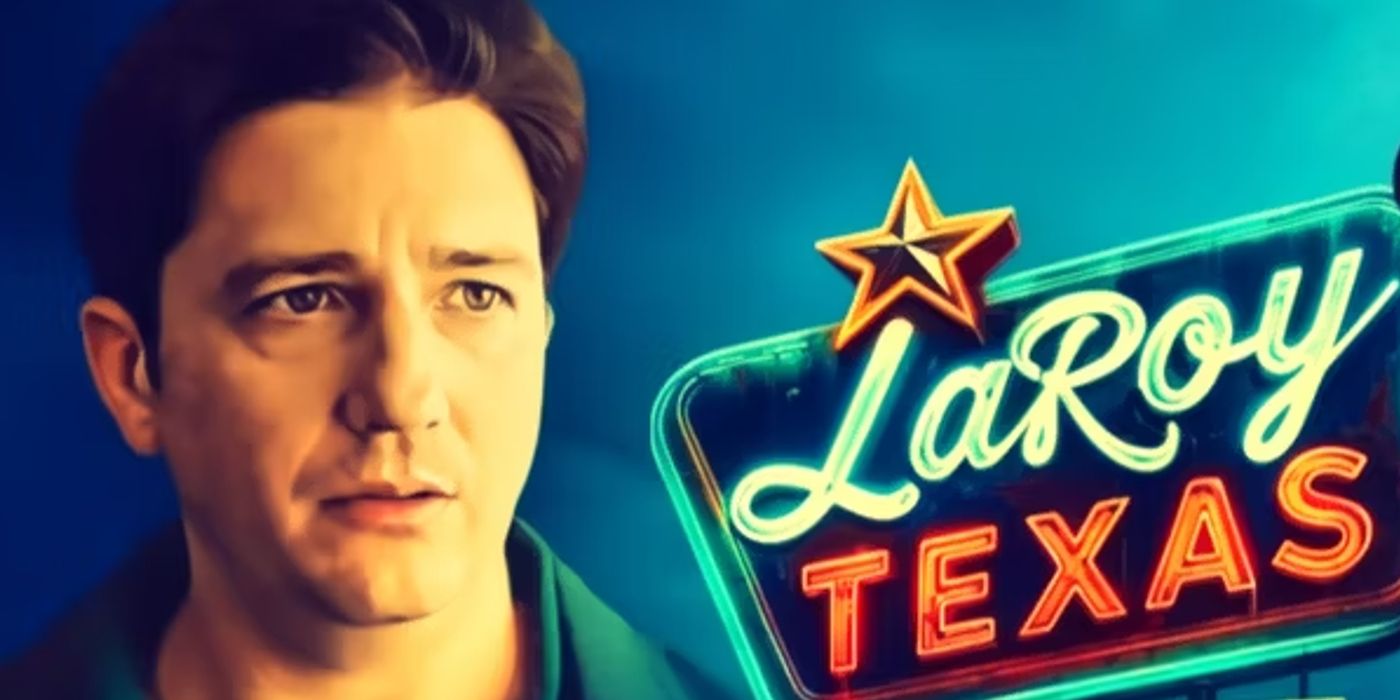
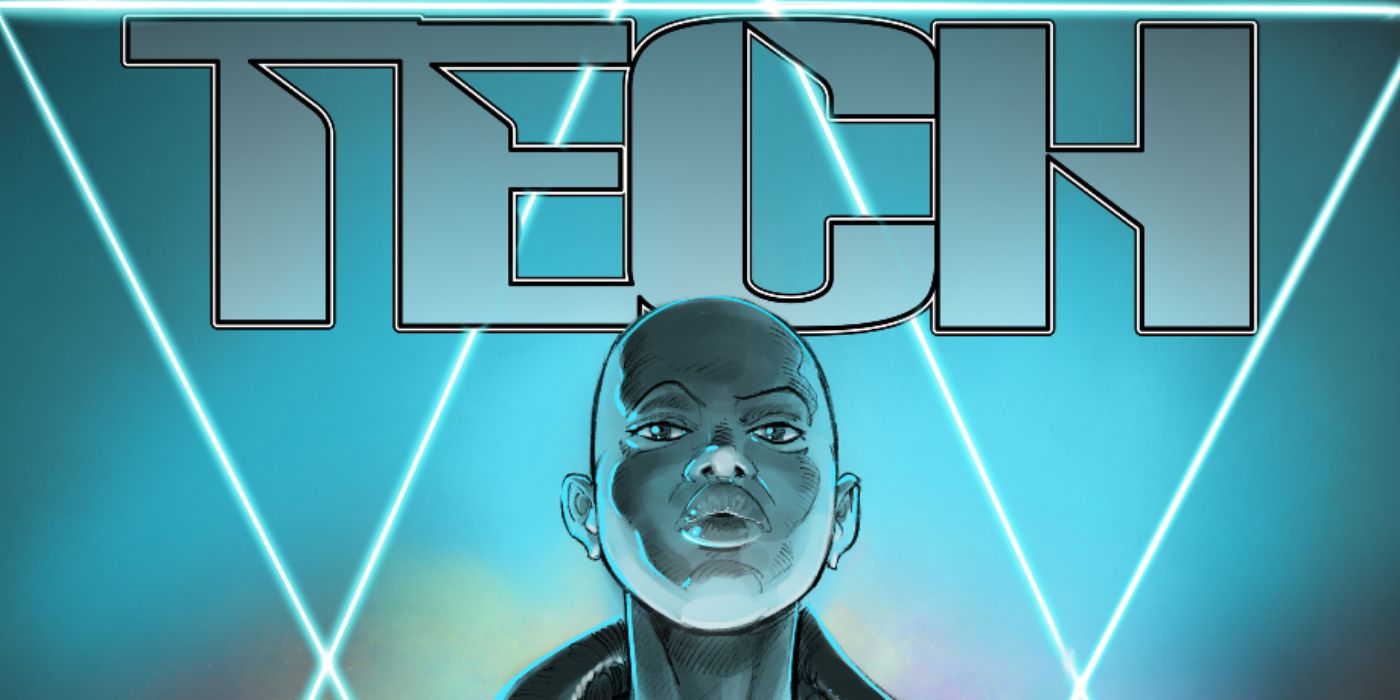

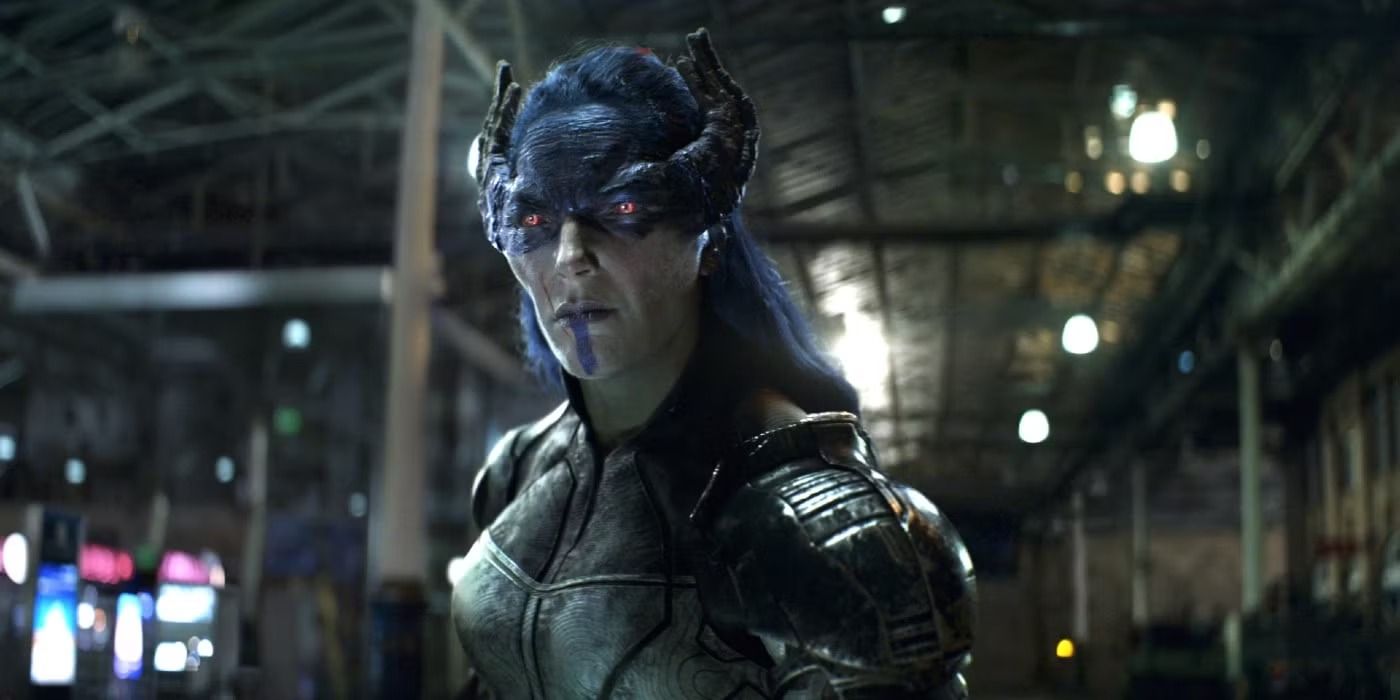


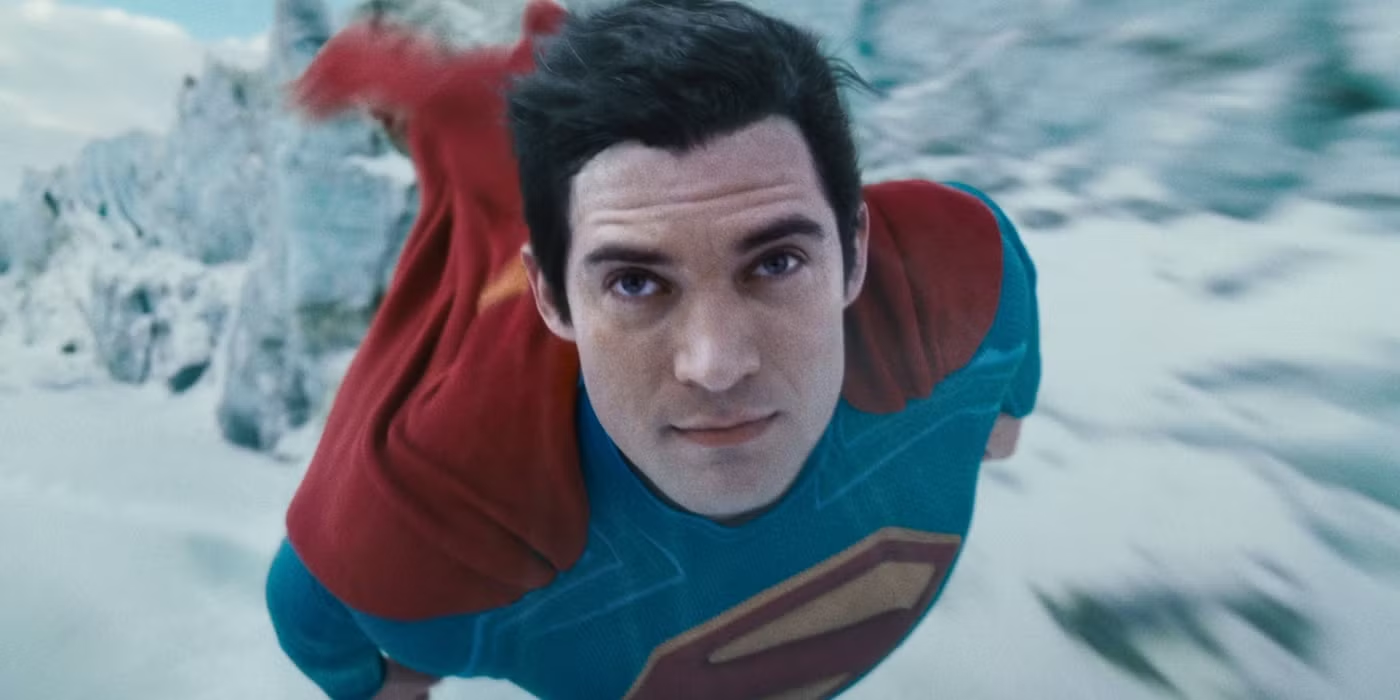

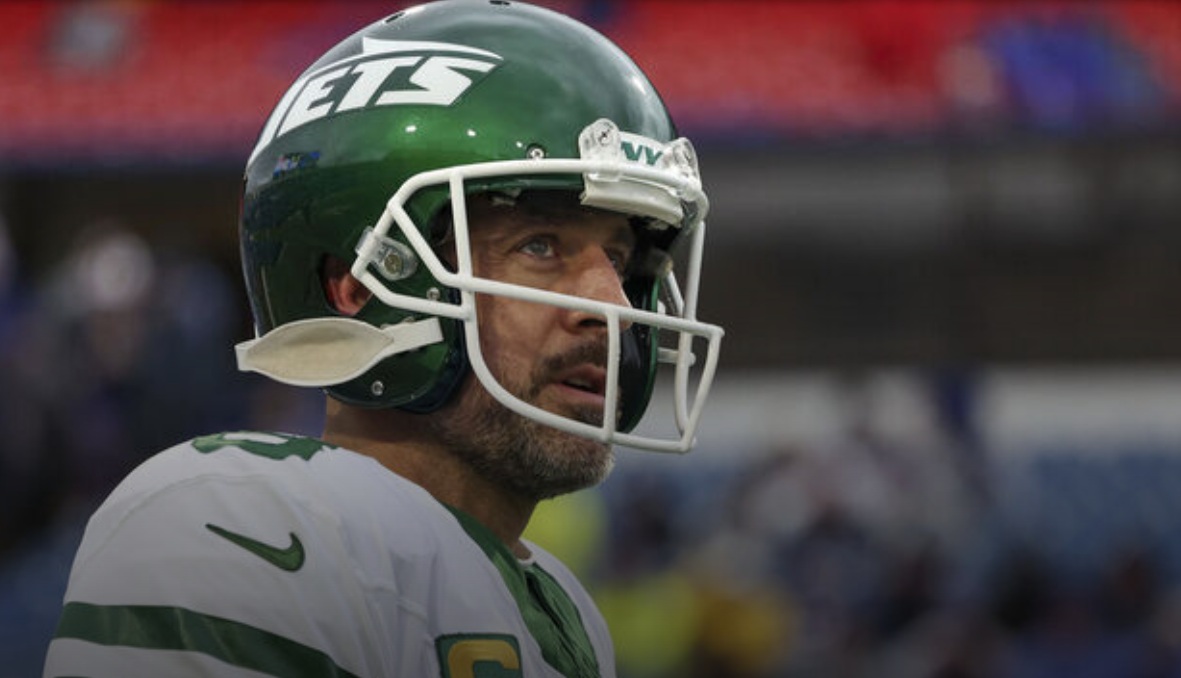

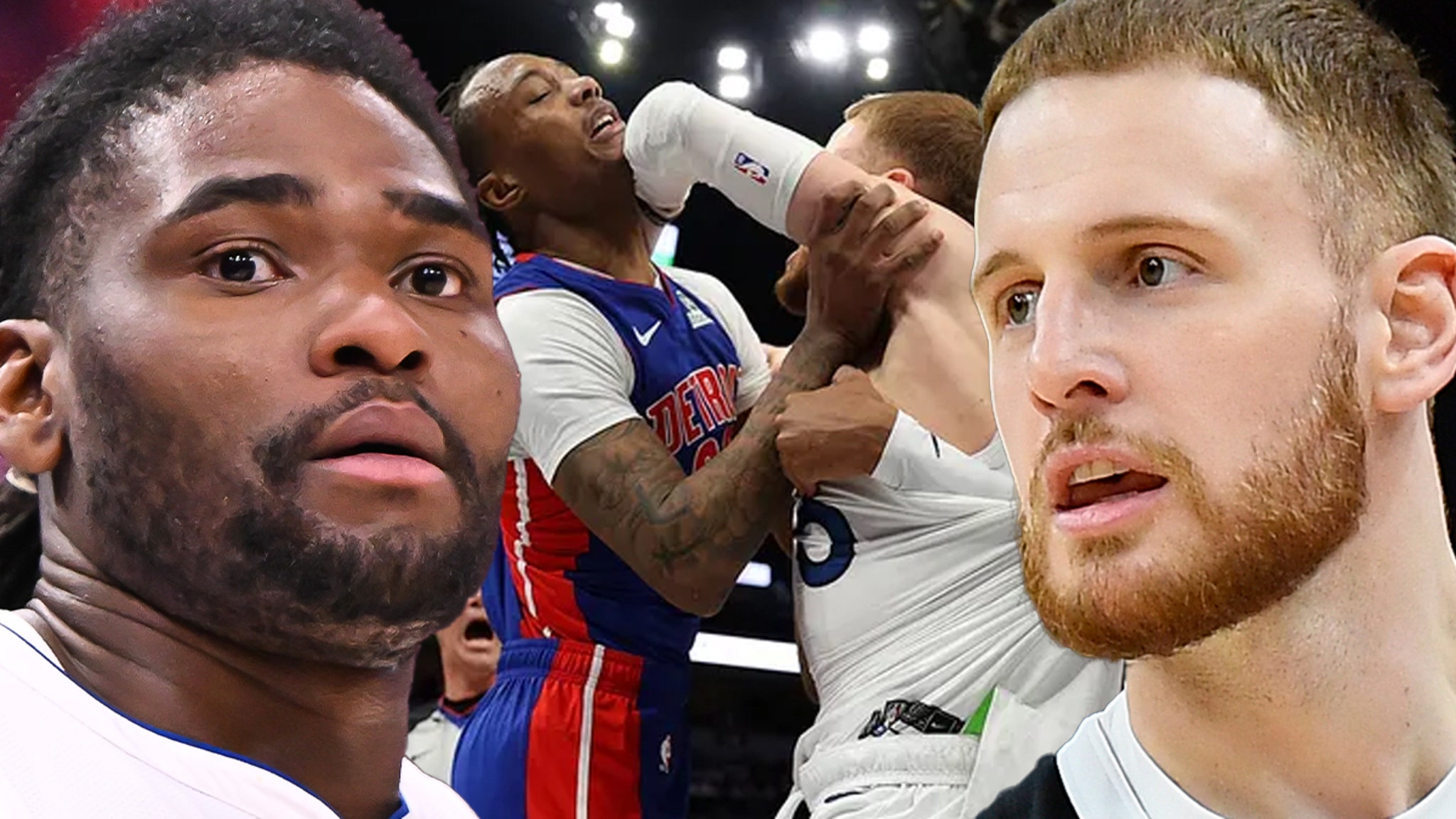



:quality(85):upscale()/2025/04/01/828/n/1922564/9432574867ec361a713285.06370027_.jpg)
